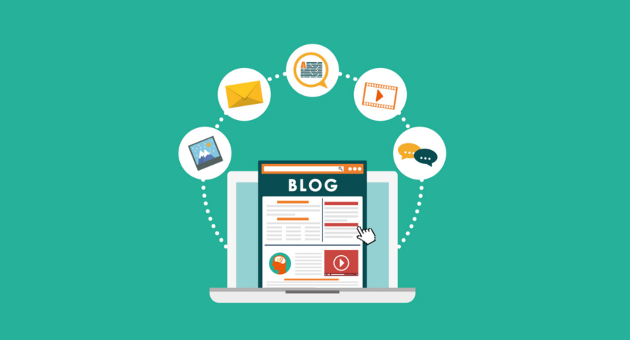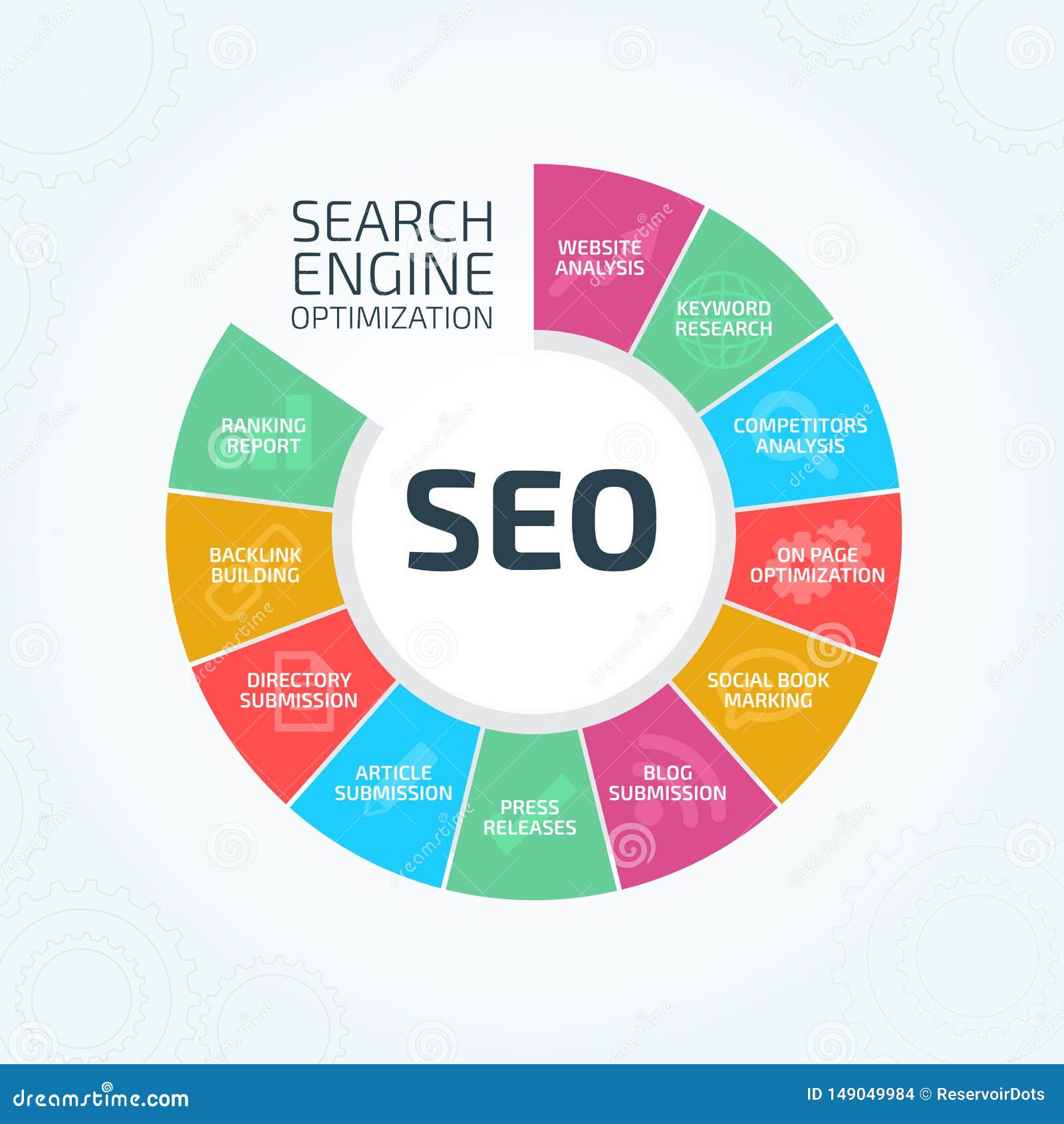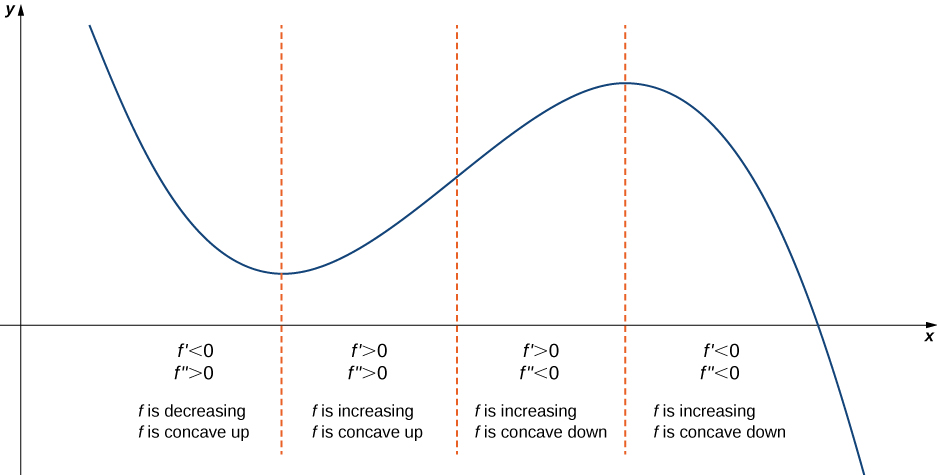
In today’s digital landscape, user engagement is more important than ever. With millions of blogs competing for attention, simply publishing content isn’t enough. To stand out, you need to create content that resonates with your audience, keeps them coming back, and encourages interaction. This guide will walk you through the most effective strategies for optimizing your blog for user engagement in 2024.
What Is User Engagement and Why It Matters
User engagement refers to how actively readers interact with your blog content. This includes actions like leaving comments, sharing posts on social media, spending time reading your articles, clicking on links, and subscribing to your newsletter. High levels of engagement signal to search engines that your content is valuable and relevant, which can boost your SEO rankings.
Moreover, engaged readers are more likely to become loyal followers, share your content, and even convert into customers or leads. In a world where attention spans are short, creating engaging content is essential for building a successful blog.
How User Engagement Impacts SEO Performance
User engagement directly affects your blog’s SEO performance in several ways:
- Time on Page: The longer readers stay on your site, the more likely they are to engage with your content. Search engines like Google use this as a signal of quality.
- Bounce Rate: A high bounce rate indicates that users aren’t finding what they’re looking for. Lowering your bounce rate through engaging content can improve your rankings.
- Social Shares: Content that’s shared widely on social media increases your visibility and drives traffic to your blog.
- Click-Through Rates (CTR): Engaging headlines and CTAs can increase CTR, which is another factor that search engines consider when ranking content.
By focusing on user engagement, you not only improve your SEO but also build a stronger connection with your audience.
Step-by-Step Implementation Framework
To optimize your blog for user engagement, follow this proven framework:
1. Define or Audit the Current Situation
Start by analyzing your current blog performance using tools like Google Analytics. Look at metrics such as average time on page, bounce rate, and social shares. Identify which posts are performing well and which ones need improvement.
Getting Started: Use Google Analytics to navigate to Behavior > Site Content > Content Drilldown. Here, you can see which pages are getting the most engagement and which ones are underperforming.
2. Apply Tools, Methods, or Tactics
Once you have data, implement strategies to improve engagement:
- Optimize Load Times: Ensure your blog loads quickly by compressing images, using a CDN, and minimizing plugins.
- Use Related Posts Plugins: Help readers find more content by adding a “Related Posts” section at the end of each post.
- Write for Readability: Use clear, conversational language and break up text with subheadings, lists, and bullet points.
- Encourage Interaction: Ask questions, invite comments, and include clear calls to action (CTAs).
Getting Started: Use the WordPress Related Posts plugin to automatically suggest related articles. Also, consider using AI tools like DIYSEO GPT to audit your content for readability and engagement.
3. Measure, Analyze, and Optimize
After implementing changes, track their impact using analytics tools. Monitor key metrics like time on page, bounce rate, and social shares. Use A/B testing to experiment with different headlines, CTAs, and content formats.
Getting Started: Set up goals in Google Analytics to track specific actions, such as newsletter signups or social shares. Use heatmaps from tools like Hotjar to understand how readers interact with your content.
Real or Hypothetical Case Study
Let’s take a look at a hypothetical case study of a blog that improved its user engagement:
Before Optimization:
– Average time on page: 1 minute
– Bounce rate: 75%
– Social shares: 10 per post
After Optimization:
– Average time on page: 3 minutes
– Bounce rate: 40%
– Social shares: 50 per post
The blog implemented several strategies, including optimizing load times, using related posts plugins, and rewriting content for better readability. They also added interactive elements like polls and videos, which increased engagement and drove more traffic.
Tools and Techniques for User Engagement
Here are some of the best tools to help you boost user engagement on your blog:
- Google Analytics: Track engagement metrics like time on page, bounce rate, and social shares.
- Hootsuite Insights: Monitor social media interactions and track trends in your niche.
- Grammarly: Improve the clarity and readability of your writing.
- DIYSEO GPT: Audit your content for readability and engagement, and get suggestions for improvement.
- Hotjar: Use heatmaps and session recordings to understand how readers interact with your blog.
These tools can help you make data-driven decisions and continuously improve your blog’s performance.
Future Trends and AI Implications
As AI continues to evolve, it will play an even bigger role in optimizing user engagement. Tools like AI-powered content analyzers can predict which topics will resonate with your audience and suggest improvements to your content. Additionally, AI can help personalize content recommendations, making it easier for readers to find what they’re interested in.
In the future, we can expect more interactive content, such as quizzes and personalized recommendations, to become standard on blogs. By staying ahead of these trends, you can ensure your blog remains competitive and engaging.
Key Takeaways
- User engagement is crucial for both SEO and audience retention.
- Track and analyze metrics like time on page, bounce rate, and social shares to identify areas for improvement.
- Optimize load times, use related posts plugins, and write for readability to enhance user experience.
- Leverage AI tools to audit content, improve readability, and personalize recommendations.
- Stay ahead of trends by embracing interactive and personalized content.
By following these strategies, you can create a blog that not only ranks well but also keeps your audience engaged and coming back for more.
Meta Title: How to Boost User Engagement on Your Blog: Proven Strategies for 2024
Meta Description: Learn how to optimize your blog for user engagement with proven strategies for 2024. Improve SEO, increase social shares, and keep readers coming back.
SEO Tags (5): blog engagement, user interaction, SEO optimization, content strategy, reader retention
Internal Link Suggestions: [Parameter #1: Content Quality], [Parameter #2: Mobile Optimization], [Parameter #3: Call to Action Effectiveness]
External Source Suggestions: https://www.google.com/analytics, https://www.hootsuite.com/insights










